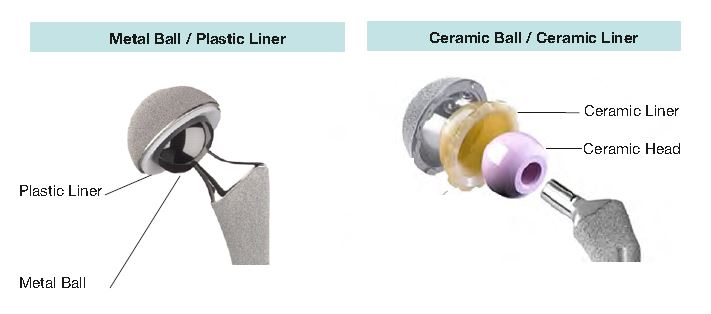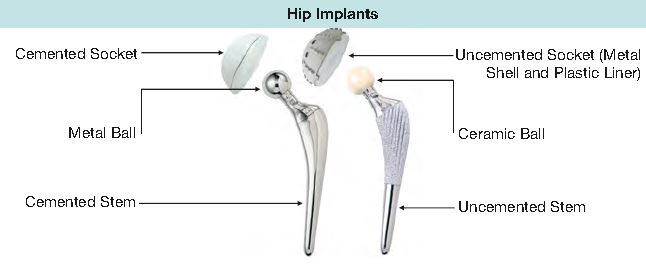Total hip replacement is not an emergency operation but a plannedoperation. This operation is usually done for a damaged or adiseased hip joint for various reasons. It should be considered onlywhen no alternative solutions are available. Some of the indicationswhen you can consider this operation are as follows:-
- Severe pain: you must have been taking anti- inflammatory medicines (pain killers), doing physiotherapy or walking with help of waling aids (stick). But if the pain is getting worse or interferes with your sleep, perhaps time has come to consider yourself for this surgery.
- Significant stiffness of the hip joint restricting your mobility, including daily routine activities.
- Fractures around the hip joint with damage to the cup.
- Some diseases where you will require this operation are: Advanced Osteoarthritis; Rheumatoid Arthritis; Ankylosing Spondylitis; Avascular necrosis of hip joint;Failed prior surgery of hip, Tumors around hip etc.
Total hip replacement is not ideal for paralytic or other extreme conditions but exceptions do exist.You beside your doctor are the best judge to decide the right timefor the surgery.Consider yourself ready for the surgery when your pain becomeschronic and constantly debilitating to the extent of restricting yourdaily activities severely, and when medicationdoes not help you much.



